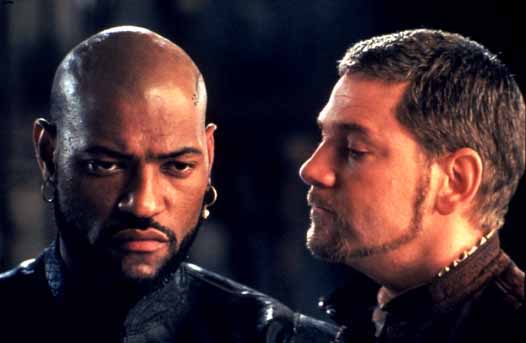The two characters of Othello and Iago are gradually revealed to the audience as the first act unfolds. Othello is the protagonist in the play, which revolves around his corruption by Iago, the antagonist, and his increasing jealousy. Both protagonists and antagonists are linked to one another from how they address each other and talk about each other. In particular, the following paper focuses on how the protagonist and antagonist develop each other’s character.
Othello’s behavior in the play is influenced by the knowledge that Iago does not trust nor accept him for his race and only tolerates him because he serves a particular purpose and does not think of him as his equal. Therefore, Iago actively works to destroy Othello when he attempts to convince Othello that Desdemona is unfaithful to torment him (Nalisnick, Eric and Baird 481). One incident that makes Iago a chilling antagonist is when he says that he believes that his wife Emilia may have had an affair with Othello, stating, “I do suspect that the lusty Moor hath leaped into my seat (ACT 2.1). Ioga does not dwell on this accusation for long as he mentions it infrequently due to frustrations.
Therefore, Othello influences Iago’s character and depicts him as an ambitious, frustrated individual whose motivation is a megalomaniac and a callous desire to have authority over those around him and Othello in particular. Iago, a capable and experienced soldier, allows jealousy to overpower him when he believes that he deserves Othello’s appointment as general (Nalisnick, Eric and Baird 481). With Othello’s achievement as motivation, jealousy consumes Iago, and he resolves to manipulate and poison Othello’s mind.
In the beginning, all Othello desires to live an uncomplicated and contented life with his new wife, where he confesses to her, “If it were now to die or’ Twere now to be most happy” (Act 2.1.). Nevertheless, Iago’s manipulative nature convinces Othello that Desdemona has an affair with Cassio. As a result of Iago’s poisonous nature, Othello’s character shifts from a self-assured, confident man who remains calm and graceful in times of crisis (Van Duijn, Max, Ineke and Arie 152).
For instance, Othello remains calm after Brabantio insults, after which he gladly obeys the Duke’s command to fight the Ottomans in cypress. However, by the time the play ends, Othello has turned into a vengeful man, saying, “To furnish me with some swift means of death or for the fair devil” (ACT 3.3.). Ioga makes him dangerously impulsive because he is fully convinced that the wife he so loves has been unfaithful. In act five, he swears, “thy bed, lust-stained, shall with lust’s blood be spotted” (ACT 5.1.).
Such sentiments are an indication of how Ioga breaks and torments Othello psychologically, making him more distrustful than he ever was. Similar to the reeds that break rather than bend, Othello is the hero whose significant strength is turned into weaknesses by the villain (Van Duijn, Max, Ineke and Arie 152). Loyalty and trust are the greatest strengths that encompass the character of Othello. However, these traits are the failing of Othello when he unconditionally trusts who Iago betrays the trust.
In conclusion, the central characters in the play Othello and Ioga are analogous in allowing their unfounded emotions to determine their actions and develop each other’s character. Iago’s villainous conspiracies and Othello’s diminishing strength intertwine mutually to steer the play’s plot until the end. Therefore, the protagonist and antagonist are central to the outcome because they develop each other’s character to create a hero and a villain who incite pity, fear, and pain among the audience.

